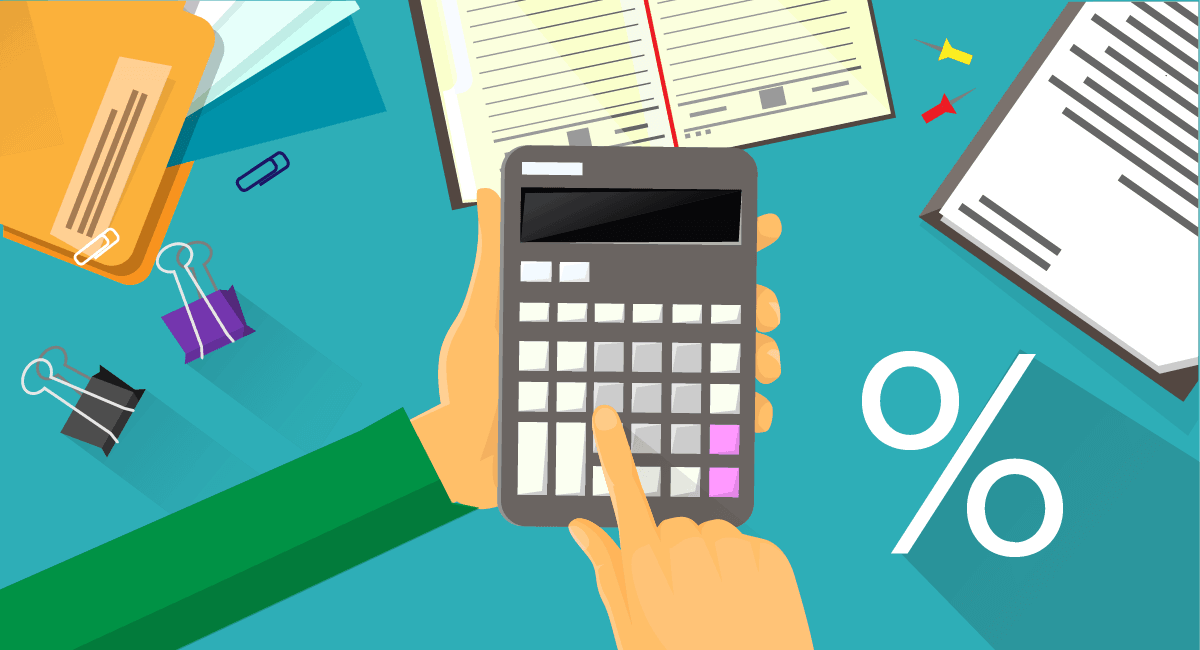October 15, 2021

What Is Student Loan Refinancing?
Typically when you take out loans, it’s because you want to pay for something expensive. Whatever this item or service is, it costs so much that you can’t afford to pay for it with the cash you have on hand. So you take out a loan, which provides you with a sum of money that you can use to pay your expenses now, with payments that let you mitigate the financial impact over time.
Expensive items that require loans are usually things like a home, a new car, or four years of college education. However, loans can also be expensive. For this reason, you can take out a new loan in order to pay off another loan. This is essentially how refinancing works.
It may seem frivolous to replace one loan with another, but the practice is common and, depending on your circumstances, refinancing can have several benefits. When you refinance a loan, you have an opportunity to potentially get a better interest rate, meaning that you can end up paying less over time or simply reduce your monthly payments to make them more affordable in the short term.
How Does Student Loan Refinancing Work?
When you take out a student loan, whether it’s from the Department of Education or a private lender, you agree to a certain set of terms and conditions. These terms include some important things, such as a payment schedule and the interest rate that will apply to your loan. When you’re in college and you’re taking out your loans, you don’t usually have much of a say in the terms that will apply to you — interest rates for federal student loans are determined by the government and private lenders will adjust their terms according to your credit score (or that of a cosigner).
However, that doesn’t mean that you can never change the way you pay back your student loans. A process called student loan refinancing gives you the opportunity to renegotiate your terms — particularly interest rates — in order to get a better deal.
How Does Refinancing Work for Student Loans?
Student loans can be a great target for refinancing. When it comes to federal student loans, interest rates are determined by the federal government in relation to current economic conditions (at the time the loan originated). Interest rates on federal loans are also the same for everyone at any given time, so it won’t matter if you’ve got a great credit score. These factors mean that students have very little influence over the interest rates on their student loans.
Student loan refinancing gives some influence back to borrowers. If you’re unhappy with the interest rate that you were saddled with back in college, you can refinance for a potentially better interest rate. If you refinance your student loans, then you also have the option to do things like remove a cosigner or consolidate multiple loans with multiple interest rates into a single loan.
When to Consider Refinancing Student Loans
Here are just a few of the reasons why you might want to refinance your student loans:
1. Your Credit Score Has Improved Since College.
Federal student loans don’t take credit scores into account, and students or cosigners who use private student loans don’t always have a high credit score. The bottom line is this: student loan interest rates can be higher than what you ought to be paying. A few years in the workforce will give you plenty of opportunities to improve your credit score. With a better credit score, you will be in a better bargaining position to refinance and ask for a lower interest rate.
2. Interest Rates Have Changed
Interest rates for student loans are tied to certain economic indicators during the year of their disbursement. As economies change over time, so do student loan interest rates. You can have student loans with above-average interest rates simply because you went to school at a time when interest rates were high. When economic conditions change and interest rates decrease, that’s the perfect opportunity to refinance and get a better deal on your student loans.
3. Economic Conditions are Just Right and You Have a High Income
When you refinance your student loans, you will be given the opportunity to choose between a fixed or variable interest rate. These two are exactly like they sound: a fixed rate doesn’t ever change without refinancing again, while a variable rate will change over time based on certain economic indicators.
Variable rates are low when interest rates are low across the economy — at times they can fall to rates below 3%. If you find yourself in a financial position to pay off your student loans in full over the next few years and interest rates are on the decline, then it’s possible to get a great deal on student loan refinancing by choosing a variable interest rate and paying the entirety of your student loans before interest rates go back up.
What are the Main Benefits of Refinancing a Student Loan?
The primary reason why refinancing or consolidating your student loan may be a wise financial move is to shift into a much more favorable loan that is easier to manage or costs you less. You may be eligible for a loan tailored specifically to your credit score and history, your income, and your overall financial goals and priorities. You may also be pleasantly surprised by just how easy it is to lower your monthly payments, repay your loan faster and cheaper, and avoid many of the pitfalls of student loan debt to enjoy a more successful financial life. The entire process can be accomplished online, too, which really simplifies things to save you time, effort, and hassle.
Risks of Refinancing Student Loans
Refinancing has many benefits, but it isn’t always the right decision. Here are some risks to watch out for if you’re thinking about refinancing your student loans.
- High-interest rates. If interest rates are high, you could end up paying more than you would have on your original loan.
- Too many fees. Sometimes fees can be worth it, but that’s not always the case. Make sure that your fees won’t outweigh the savings from your new interest rate. You can also seek out student loan refinancing with no fees.
- Less forgiving repayment schedules. With federal student loans, you have access to income-driven repayment plans. These plans are great if you have a low yearly income, so make sure that you can meet the monthly payments on your refinanced loan.
It’s hard to tell when you should refinance your student loans. Use a student loan refinancing calculator to find out how much you might save.
Please note that the information provided on this website is provided on a general basis and may not apply to your own specific individual needs, goals, financial position, experience, etc. LendKey does not guarantee that the information provided on any third-party website that LendKey offers a hyperlink to is up-to-date and accurate at the time you access it, and LendKey does not guarantee that information provided on such external websites (and this website) is best-suited for your particular circumstances. Therefore, you may want to consult with an expert (financial adviser, school financial aid office, etc.) before making financial decisions that may be discussed on this website.



